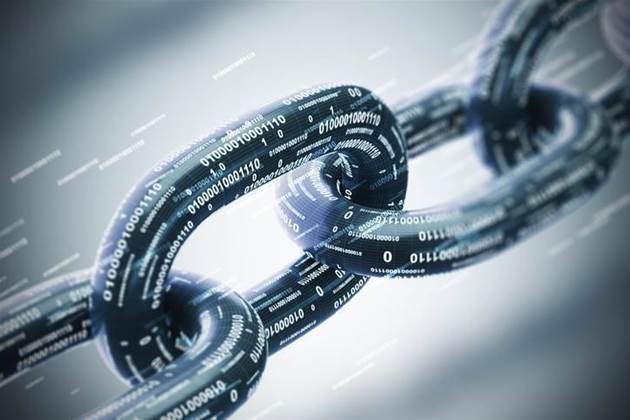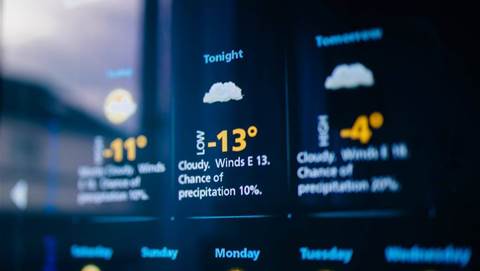The Digital Transformation Agency has rejected claims Australia’s new digital identity platform will use blockchain technology to share an individual’s identity across government.

Convenor of the ‘Parliamentary Friends of Blockchain’ group Senator Jane Hume made the assertion in an opinion piece published in the Australian Financial Review on Monday.
She said that a “core component of the Govpass system will be blockchain technology”, though this has now been removed from the online version of the article.
There was also a claim – which has similarly been removed – that “all arms of government will be able to ... access and update a single identity database shared by all”.
Fantastic piece in the @FinancialReview by @SenatorHume on #Blockchain @BlockchainRMIT pic.twitter.com/ie8OeHsyN3
— Jason Potts (@profjasonpotts) December 10, 2018
But the DTA have repudiated the comments from the sole remaining lead of the bi-partisan group, which was launched by Hume and foryepmer Labor Senator Sam Dastyari in August 2017 to champion the use of the technology within government and the private sector.
A spokesperson told iTnews that blockchain technology was not being used for the agency’s Govpass platform, which is based on a decentralised identity model.
That model will eventually allow citizens to choose their identity provider, which could be either the Australian Taxation Office through its myGovID digital identity credential, a bank or state government.
It uses existing government services, including the document verification service (DVS) and face verification service (FVS), to verify information before discarding it, avoiding the creation of a single centralised database.
While the makeup of the Govpass platform is not well publicised, the myGovID digital identity solution component of GovPass uses liveness detection software from digital security firm Idemia to prevent the creation of fraudulent identities.
The platform’s other component – the identity exchange, which has been built by the DTA to verify an individual’s credentials without revealing their identity to service providers – has been written in Golang and utilises the OpenID Connect identity layer and SAML data format to exchange the verification data.
Both platforms have been built internally by the DTA, with assistance from the Australian Taxation Office and the Department of Human Services.
The DTA has, however, been investigating the potential applications of blockchain technology elsewhere in government since being directed to do so by former Prime Minister Malcolm Turnbull.
It received $700,000 in this year’s federal budget to understand how blockchain could work for government and whether there was a value proposition.
Welfare payments were the initial target of the investigation, though this has spread to work with the Commonwealth Bank and Data61 around the use of blockchain-based programmable money for National Disability Insurance Scheme payments.
However the DTA recently cast doubt on the use for blockchain for government applications.




.png&h=140&w=231&c=1&s=0)





 iTnews Executive Retreat - Security Leaders Edition
iTnews Executive Retreat - Security Leaders Edition












_(1).jpg&h=140&w=231&c=1&s=0)



